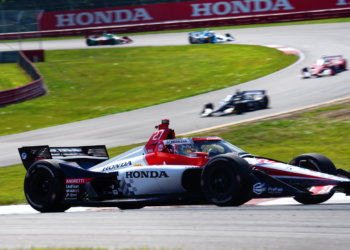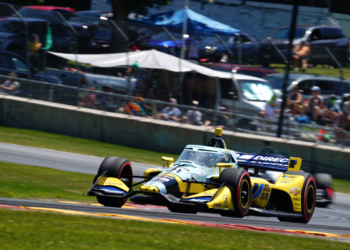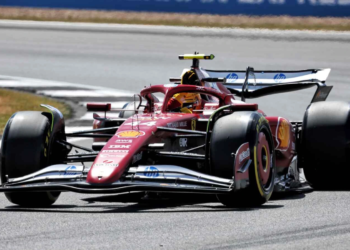Red Bull team principal Christian Horner is adamant that the team fully complied with the fuel flow limit regulation and is confident they will win at appeal.
Daniel Ricciardo was stripped of his second place finish in Australia after the FIA deemed his car had exceeded the 100kg/h flow limit.
Speaking after the decision to exclude his driver, Horner insisted they were within the allowed limits, but blamed “immature technology” for providing an incorrect reading.
“Hopefully through the appeal process it will be quite clear that the car has conformed at all times to the regulations,” said the Briton.
“These fuel flow sensors that have been fitted by the FIA to measure fuel which have proved problematic throughout the pitlane, and since their introduction at the start of testing, there have been discrepancies.
“We had a fuel flow sensor that was fitted to the car that we believed to be in error, and therefore based our calculation on the fuel that the injectors were providing to the engine, which is a calibrated piece of equipment that is consistent and standard across the weekend that we’ve seen zero variance in.
“We wouldn’t be appealing if we didn’t think that we had a defendable case.”
The FIA requested that Red Bull, as with all the teams, apply an offset to the sensor to ensure it remained within certain parameters, but Red Bull believed their data was more accurate and therefore chose to ignore the request.
Horner says doing so would have damaged their performance and created an unfair situation up and down the grid.
“That offset we didn’t feel was correct, and as we got into the race we could see there was a significant discrepancy between what the sensor was reading and what the fuel flow, which was the actual injection of fuel into the engine, was stated as. That’s where there was a difference of opinion.
“It’s immature technology, and it’s impossible to rely 100% on that sensor, which had proved to be problematic in almost every session that we’ve run in.
“We informed them that we had serious concerns over their sensor. We believed in our reading, otherwise you are in a situation where you are reducing significant amounts of power with the engine, when we believed we fully comply with the regulations. If we end up with that situation, depending on the calibration of your sensor, the plus and minus, it will dictate quite simply who is competitive and who isn’t.”






